How To Grow Lily Of The Valley: A Comprehensive Guide
Discover the beauty, lore, and easy-care secrets of lily of the valley—perfect for shade gardens and fragrant spring displays.
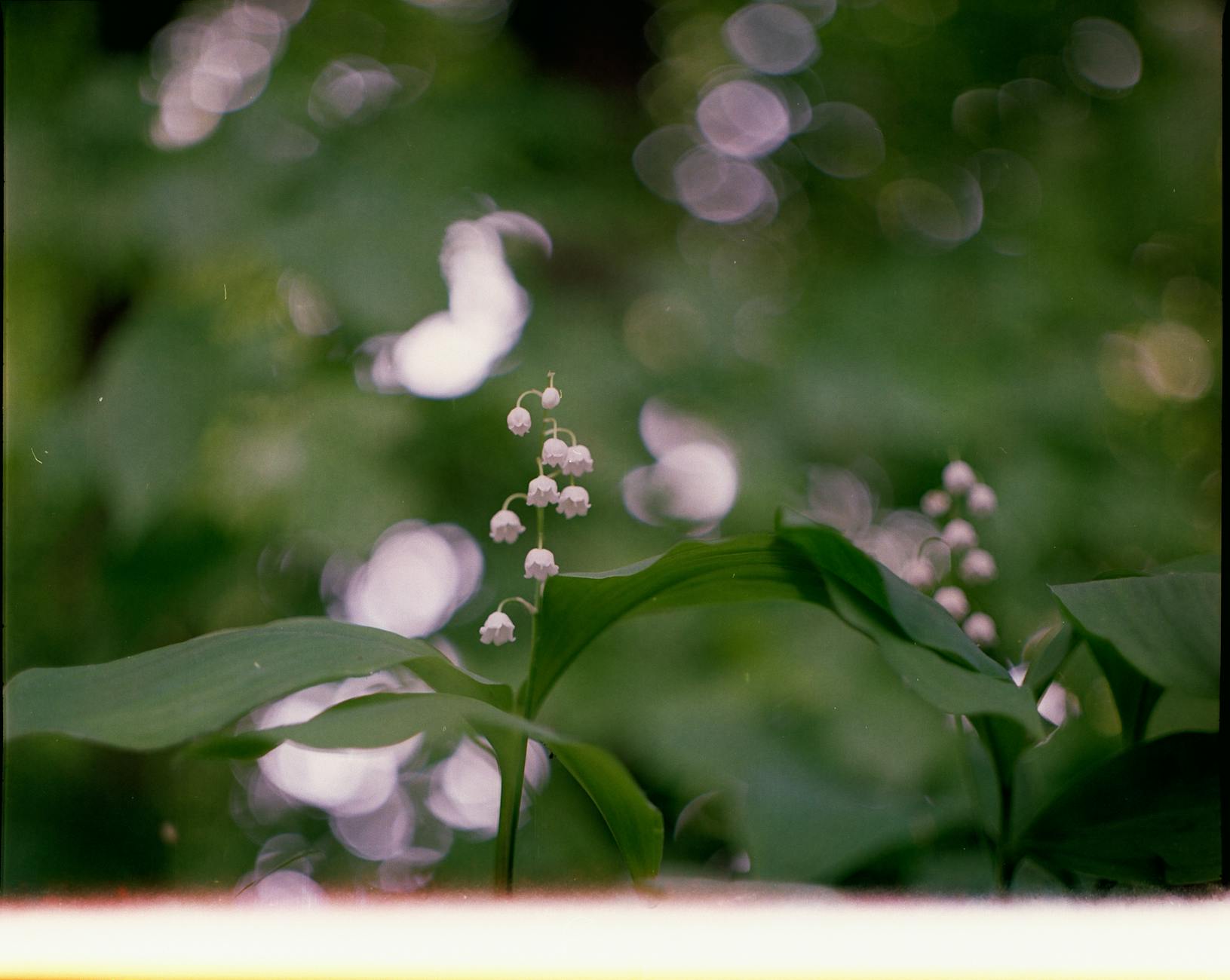
Lily of the Valley: A Timeless Favorite for Shade Gardens
Lily of the valley (Convallaria majalis) enchants gardeners and flower lovers alike with its delicate, white bell-shaped blossoms and unforgettable, sweet fragrance. With a storied heritage spanning folklore, medicine, and classic garden design, this enduring perennial offers beauty, resilience, and tradition in a compact form.
Overview: The Enchantment of Lily of the Valley
Lily of the valley is renowned for:
- Delicate, nodding white flowers that fill spring air with a sweet scent
- Glossy, lance-shaped green leaves that create lush ground cover
- Enduring symbolism of purity, happiness, and renewal
- Adaptability to shaded and woodland gardens
- Simplicity of care once established
This plant has graced cottage gardens, bouquets, and woodland edges for centuries, thriving in temperate regions of Europe, Asia, and North America. The classic species (Convallaria majalis) is native to Europe and Asia, with a closely related North American form (Convallaria majalis var. montana) offering similar charm.
Botanical Features: Appearance and Growth Habit
- Height: 6 to 12 inches (15–30 cm)
- Spread: Expands via creeping rhizomes, forming dense mats
- Leaves: Upright, oval to lance-shaped, bright to medium green
- Flowers: Small, nodding white (sometimes pink), bell-shaped clusters on short stems
- Bloom Time: Mid to late spring (April to May)
- Fragrance: Intensely sweet, evocative, and widely used in perfumery
- Fruit: Small, red-orange berries (note: toxic to humans and pets)
The plant’s neat, low-profile foliage and masses of blossoms make it a natural choice for groundcover, especially in shady sites where few flowering plants thrive.
Origins and Historical Significance
Lily of the valley’s native habitat includes temperate woods and forest edges throughout Europe and Asia, with introductions to North America dating back centuries. Over time, this humble yet graceful plant gained:
- A reputation for purity and renewal in Christian symbolism
- Notable presence in bridal bouquets, representing happiness and luck
- Role in folklore—its fragrance and beauty linked to legends of fairy tears and woodland spirits
- An annual celebration in France—La Fête du Muguet on May 1, when people exchange lily of the valley sprigs for good fortune
- Inspiration for classic perfumery, with numerous designer fragrances highlighting its essence
Its delicate profile belies a robust nature, capable of outcompeting weeds and tolerating a range of conditions.
How to Grow Lily of the Valley
Site Selection & Light Requirements
- Ideal Conditions: Partial to full shade, though it tolerates some morning sun
- Perfect Locations: Beneath deciduous trees, along shaded paths, or in north-facing beds
- Too much afternoon sun may scorch the leaves or reduce flowering
Soil Preferences
- Soil Type: Moist, loamy, humus-rich soil
- Drainage: Good drainage is essential (cannot tolerate soggy roots)
- pH: Neutral to slightly acidic
- Enrich soil with compost or well-rotted manure prior to planting
Planting Lily of the Valley Pips
- Best Time: Early spring or autumn, when plants are dormant
- Pips: Dormant roots with small shoots; soak them in lukewarm water for a few hours before planting to plump them up
- Depth: 1–2 inches deep, with shoots just above the surface
- Spacing: 4–6 inches apart for rapid groundcover, wider if planting singly
- Firm the soil and water well after planting
Care and Maintenance
- Watering: Keep soil consistently moist, especially during dry spells in the first year
- Feeding: A light topdressing of compost each spring encourages strong growth
- Mulching: Apply a thin mulch layer to retain moisture and suppress weeds
- Dividing: Thin out clumps every 3–4 years to prevent overcrowding
- Lily of the valley is deer- and rabbit-resistant, requiring minimal pest control
Once established, the plant is drought-tolerant and largely self-sufficient.
Design Ideas for Lily of the Valley
Lily of the valley offers versatility in both informal and formal gardens. Consider these design applications:
- Woodland gardens: Pair with ferns, hostas, or bluebells for layered foliage and flowers
- Shaded borders: Use as a dense edging or in mass plantings for a lush spring display
- Foundation plantings: Grow at the base of shrubs or trees where little else thrives
- Containers: Grow in pots for patios or shaded balconies (keep moist and divide regularly)
- Fragrance gardens: Place near windows, paths, or entryways to enjoy their sweet scent up close
Its tidy habit and long-lasting leaves make it a reliable “carpet” beneath larger, showier plants or in areas where maintenance is minimal.
Companion Planting Suggestions
- Hosta: Contrasts bold leaves and blooms at different times
- Ferns: Offer texture and thrive in similar conditions
- Astilbe: Provides airy plumes above the groundcover
- Solomon’s seal (Polygonatum): Similar arching habit and overlapping bloom periods
- Brunnera: Adds blue flowers and heart-shaped leaves
Troubleshooting: Common Issues & Solutions
| Problem | Symptom | Solution |
|---|---|---|
| Leaf scorch | Yellow-brown leaf tips | Relocate or provide more afternoon shade |
| Overcrowding | Poor flowering, thin growth | Divide clumps every few years to rejuvenate |
| Soggy soil | Root rot, stunted plants | Improve drainage or plant in raised beds |
| Slow spread | Small patches, little expansion | Feed with compost, ensure moist soil |
Varieties & Types
Several notable forms of lily of the valley are available for gardeners:
- Classic White: The traditional, fragrant white-flowered type
- Rosea (Pink Lily-of-the-Valley): Offers soft pink blossoms for a subtle twist
- Variegata: Features striped or mottled leaves
- Giant Lily-of-the-Valley: Slightly taller, often with larger leaves and flowers
Safety Note: Toxicity
All parts of lily of the valley are toxic if ingested by humans or pets, containing cardiac glycosides. Keep away from children and animals who may be tempted by its bright berries. Wash hands after handling.
Uses Beyond the Garden
- Cut Flowers: Popular in bridal bouquets and spring arrangements
- Fragrance: Coveted ingredient in perfumes and scented products
- Medicine: Traditionally used in small doses; not recommended for home use due to toxicity
- Folklore: Associated with luck, happiness, and the return of joy after winter
Lily of the Valley in Culture & Folklore
Over centuries, lily of the valley has inspired stories and customs:
- Symbolizes a “return to happiness” in the language of flowers
- Associated with fairies and woodland spirits in European legends
- Stands for humility and purity in Christian art
- The French custom of gifting the flowers on May 1 as a token of good fortune
Frequently Asked Questions (FAQs)
Is lily of the valley invasive?
In optimal conditions, lily of the valley can spread rapidly and dominate shady beds thanks to its vigorous rhizomes. It is best planted where its growth can be contained or where dense groundcover is desired.
Can lily of the valley grow in pots?
Yes, provided the container offers good drainage and is kept moist. Divide regularly to prevent overcrowding.
Does lily of the valley need winter protection?
The plant is fully hardy in USDA zones 3–8. In colder climates, a winter mulch may be applied for extra protection, but generally, the plant survives winters with no special care.
Why didn’t my lily of the valley flower?
The most common causes are too much sun, overcrowding, or a lack of moisture during the growing season. Dividing and relocating to a shadier, more fertile site often restores vigor.
Are there any pests or diseases?
Lily of the valley is generally pest- and disease-free, though it may occasionally see issues with leaf spot in soggy conditions. Deer and rabbits rarely touch it.
When should I divide lily of the valley clumps?
Every 3–4 years, or when the patch becomes congested and flowering diminishes. Early autumn or spring are best for digging and replanting the pips.
Summary: The Enduring Appeal of Lily of the Valley
Lily of the valley remains a gardener’s favorite for shaded sites where elegance and fragrance are desired with minimal effort. Its historical resonance, cultural symbolism, and woodland charm ensure it will never go out of fashion. Whether enjoyed as groundcover, in bouquets, or purely for its sweet scent drifting on springtime breezes, lily of the valley rewards those who welcome its timeless beauty into their landscape.
References
- https://www.gardendesign.com/flowers/lily-of-the-valley.html
- https://www.longfield-gardens.com/article/all-about-lily-of-the-valley/
- https://www.southernliving.com/garden/lily-of-the-valley
- https://www.gardenista.com/posts/field-guide-lily-of-the-valley/
- https://www.tnnursery.net/blogs/garden-blog/lily-of-the-valley
Read full bio of Shinta


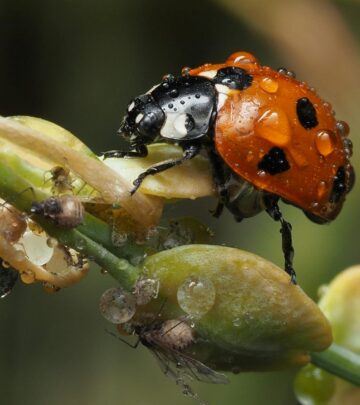
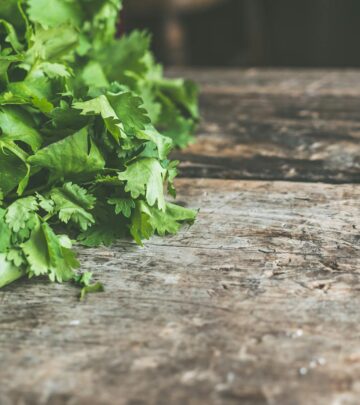





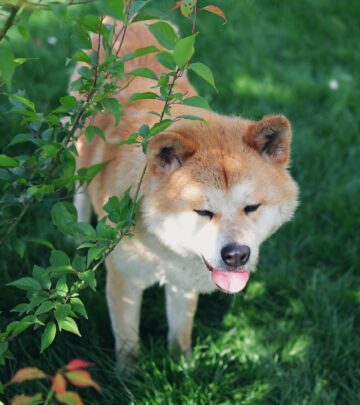








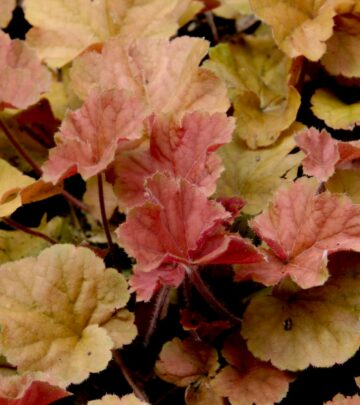

Community Experiences
Join the conversation and become a part of our empowering community! Share your stories, experiences, and insights to connect with other beauty, lifestyle, and health enthusiasts.